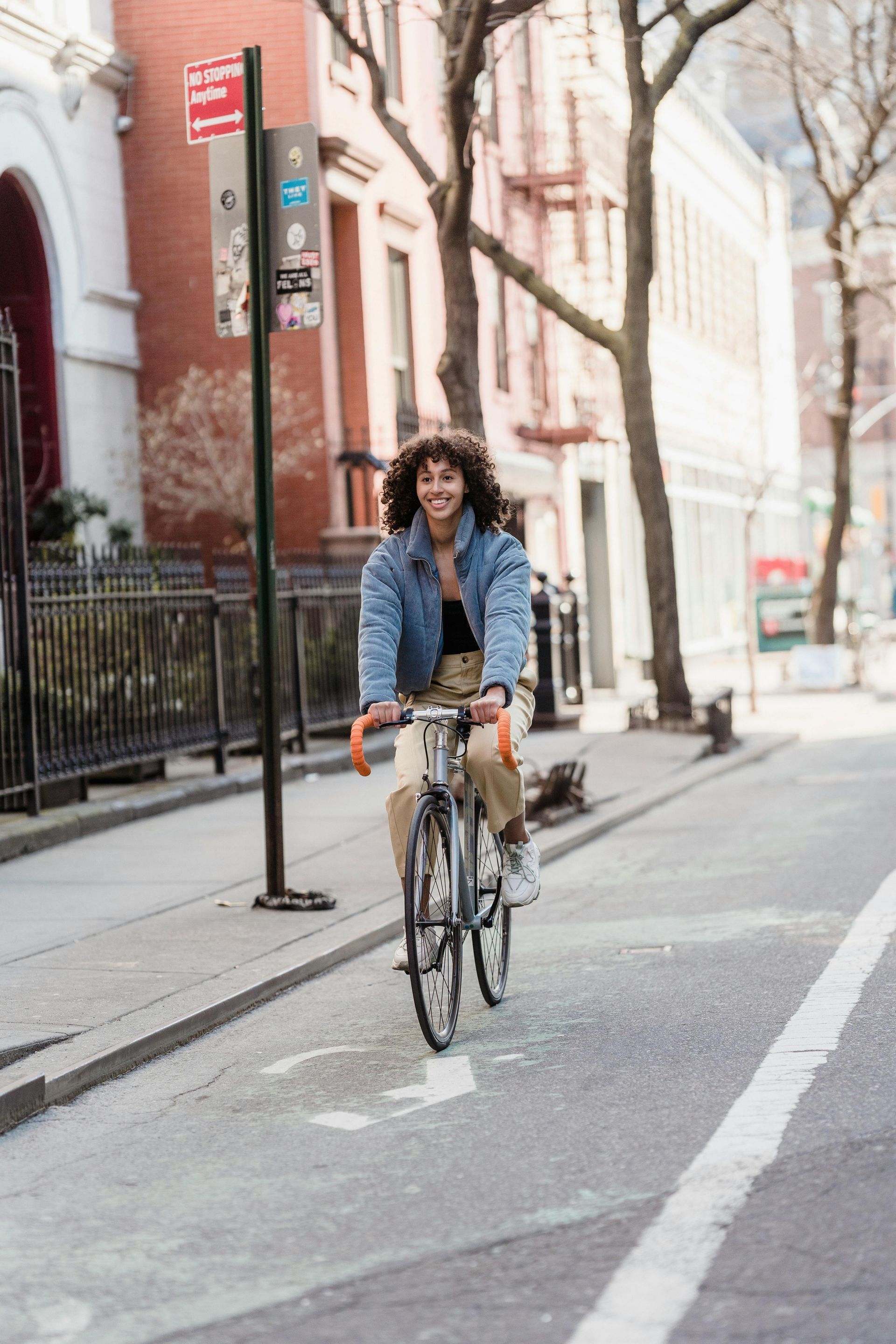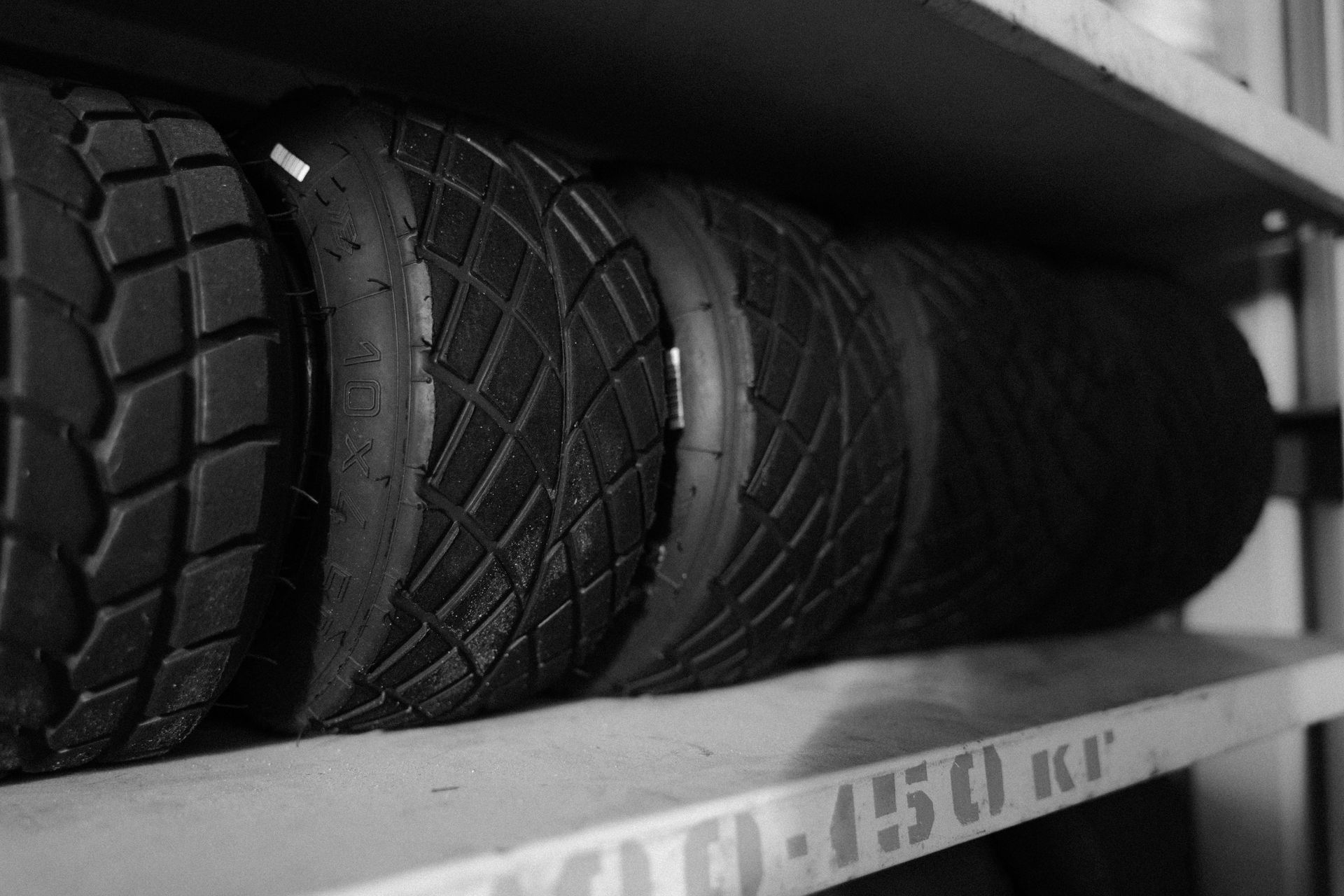Sharing the road with bicyclists
If you’ve noticed more cyclists in recent years, it’s no coincidence. In 2020—the first year of the COVID-19 pandemic—American bicycle trips increased by 24% and increased by another 9% in 2021. Cycling’s increased popularity is most evident in urban areas like New York City, where daily biking volume doubled in the same period.

Cities worldwide are trying to implement urban bikeway plans to direct traffic and ensure cyclists can safely share the road with motorists. You may not live in a place where you’ll see an increase in cycling infrastructure, but some simple tips can help keep you and the cyclists in your community safe.
Give cyclists enough space when passing
Safe passing laws in the United States dictate the space you should give cyclists while passing them on the road. Most states enforce a 3-foot passing law. However, states like New Jersey and Pennsylvania have 4-foot passing laws and other states—including California, Kentucky, and Nevada—require motorists to change lanes when passing cyclists if they have an opportunity to do so.
Additionally, take these steps when passing a cyclist:
- Slow down: Reducing your speed gives you more time to react to unexpected hazards.
- Only pass when it’s safe: Make sure you have enough visibility, time, and roadway to safely pass.
- Be patient: Don’t follow too closely while waiting for an opportunity to pass, and don’t honk or yell at a cyclist on the road.
- Give enough space: When it’s safe to pass, give the bike at least the mandated space as you pass on the left, and make sure you can clearly see the cyclist in your rear-view mirror before returning to your lane.
Be mindful of bike lanes, and don’t park in them
Bike lanes are put in place to keep both cyclists and motorists safe. Make sure to practice defensive driving, especially in heavy traffic. As a general rule, you shouldn’t enter a bike lane while driving a vehicle, with limited exceptions.
For example, if you have to turn right and cross through a bike lane:
- Check for cyclists by looking over your shoulder and clearing your blind spot.
- Always use your turn signals to communicate your intentions.
- When it’s safe to do so, execute your turn decisively. Don’t stop your vehicle in the bike lane.
Bike lanes are meant to remain clear for cyclists, which means driving, idling, or parking in them can get you a ticket, fine, or both. If a cyclist is forced to leave the bike lane to get around you, they could be struck by a car or cause an accident if another vehicle swerves to miss them.
Regardless of the fine, if your city has bike lanes, use proper road etiquette and respect the safety of those using them.
Use caution when opening car doors
Unfortunately, "dooring" accidents, where a cyclist crashes into a door that’s opened suddenly into a bike lane, aren’t uncommon. All it takes is a second for a cyclist to be injured and a motorist to be held legally liable.
To help mitigate this hazard, use the Dutch Reach method when you're parked and ready to exit your vehicle where cyclists ride. This safety method involves opening your door with the hand furthest from the door. When reaching with this hand, your body will naturally position itself so that you can see if anyone’s coming behind you.
Communicate with cyclists
Cyclists and motorists should know hand signals so everyone on the road can communicate effectively. However, you can also use eye contact. Many cyclists rely on eye contact to communicate with motorists, which must be reciprocated to keep everyone safe.
Also, don’t use your horn unless you’re warning cyclists. This action could startle a cyclist, causing them to misjudge a situation and resulting in a potential injury.
Know your blind spots
Be aware of blind spot areas you can't see in your rear or side mirrors. Glancing over your shoulder should be second nature, especially if you drive a truck or SUV. The biggest challenge is a lack of knowledge, as almost 50% of adults are unaware of where a truck's blind spot is or where cyclists should position themselves relative to larger vehicles.
Avoid distractions
Being distracted on the road, especially in heavy urban traffic, is dangerous for cyclists and motorists. However, cyclists often face a greater risk. Unfortunately, distracted driving causes 3,000+ deaths a year—and around 1 in 5 fatalities linked to distracted driving involves someone walking, riding their bike, or otherwise sharing the road with motorists.
Whether you’re texting, eating, or fiddling with your radio controls, you could be held liable for an accident, especially if there are damages or injuries.

Start feeling at ease. Join us today.
Start feeling at ease with your insurance needs. We offer tailored coverage to protect you. Join us today for peace of mind.
All Rights Reserved | Eric I. Maestas Insurance Agency | Website Designed and Maintained by Zia Media Group in Farmington NM

